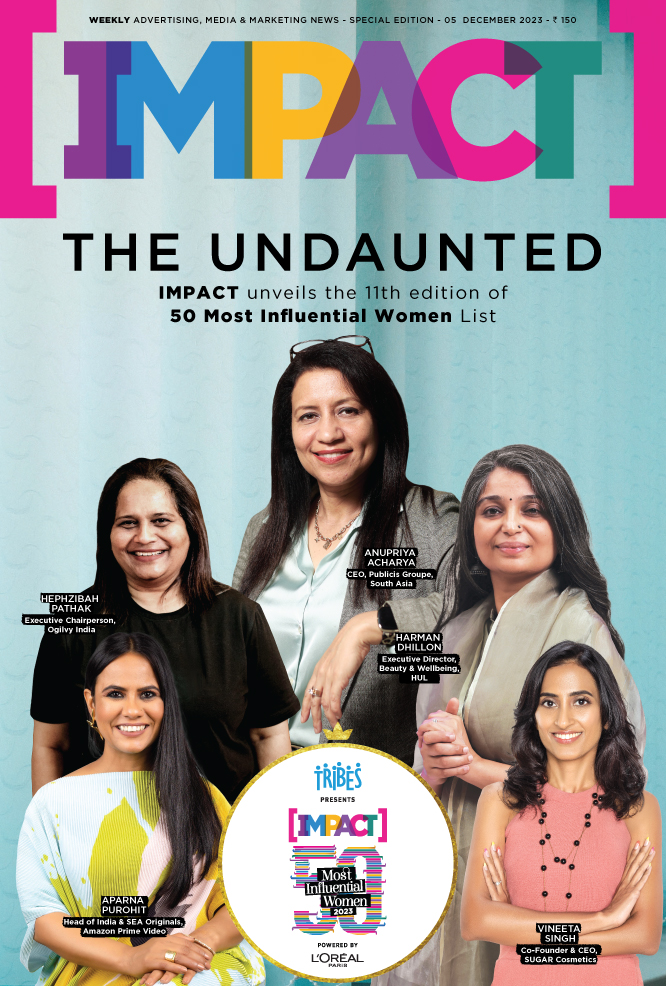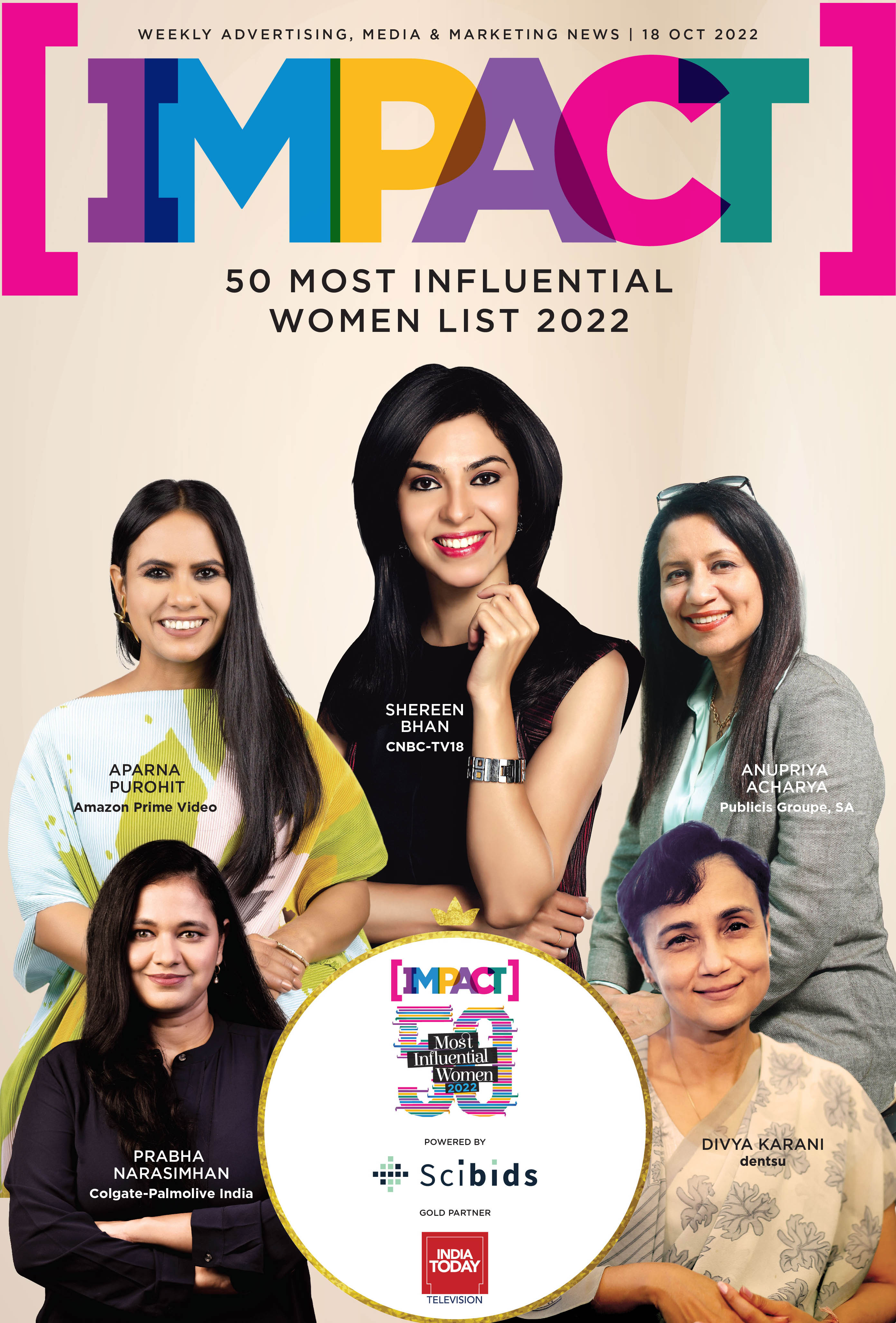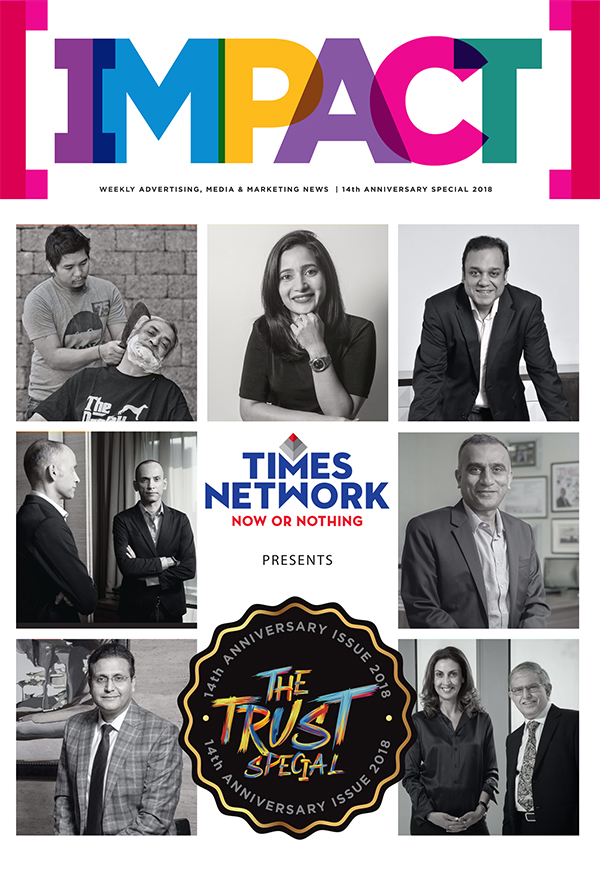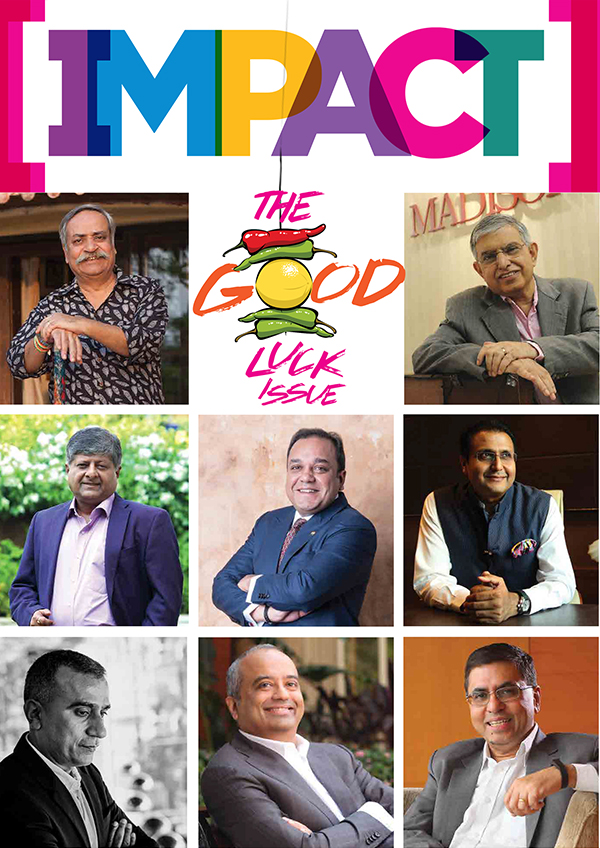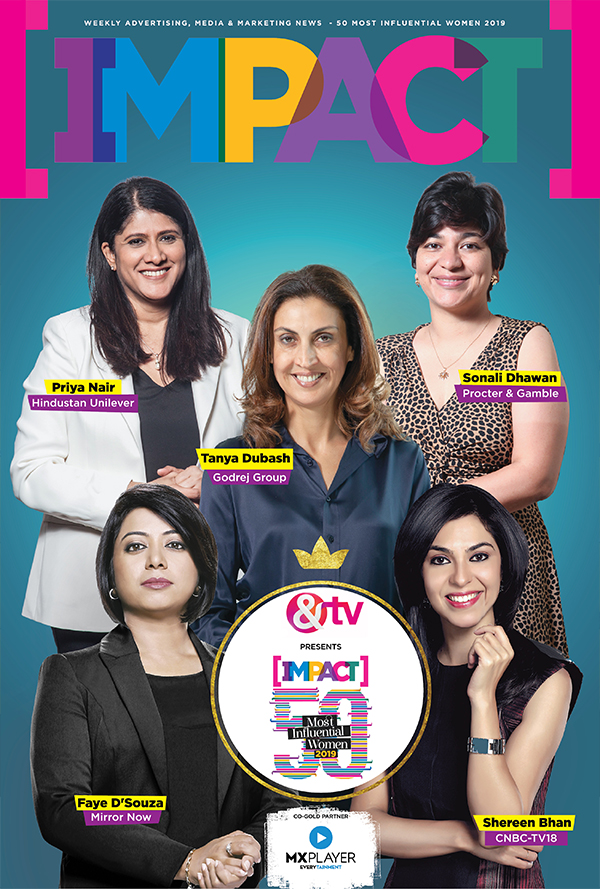In an age where phishing scams and digital impersonation have become frighteningly sophisticated, brands are pushing back with creativity, collaboration and a bit of pop culture flair. From interactive storytelling to gamified learning, these initiatives are not only educating consumers but also building trust and driving customer acquisition.
In a round of fresh collaborations, brands like Meta and JioHotstar are leveraging the iconic RAW officer Himmat Singh, portrayed by Kay Kay Menon, to confront scammers head-on. In one standout crossover spot, a film crew member on the set of Special Ops 2.0 receives a threatening ‘digital arrest’ video call from someone pretending to be a police officer. Himmat Singh steps in, critiques the scammer’s acting skills, takes a screenshot and shuts down the call, all while educating viewers on WhatsApp safety features like ‘Silence Unknown Callers’ and block and report options.
Meta’s ‘Scam Se Bacho’ initiative, along with JioHotstar, expands on this through immersive storytelling tied to Special Ops 2.0, turning espionage drama into a timely lesson on spotting scams. These narratives emphasise how fear and authority are weaponised by fraudsters and how a simple tap can stop them. Meta’s previous ‘Scam se Bacho’ campaign, featuring Bollywood star Ayushmann Khurrana, also tapped into pop culture with a remake of the iconic ‘Oye Lucky Lucky Oye’ song featuring Abhay Deol, turning scam awareness into an engaging, relatable experience. Partnering with regional creators, Meta localised scam awareness into nine languages, making safety education accessible and relatable.
“At Meta, we understand the growing prevalence of online scams and recognise the need for collaborative and concrete efforts across the ecosystem to promote safer digital practices by continuously investing in technology and resources. Our safety campaign, ‘Scam se Bacho’, featuring Bollywood actor Ayushmann Khurrana, creatively depicted some of the most common scams people face in their daily lives, encouraging them to stay alert and exercise caution before they take any action,” explains a Meta Spokesperson.
Speaking about the film, the spokesperson adds that it highlights various safety features on Facebook, Instagram and WhatsApp that empower users to take control of their online safety. He says, “Our goal was to create an impactful campaign that not only resonated with our users but also empowered them with the knowledge they need to stay secure. Beyond raising awareness, we are focused on building products and measures that consistently demonstrate our dedication to combat frauds and scams across our platforms. ‘Scam Se Bacho’ was launched in collaboration with the Ministry of Electronics and Information Technology (MeitY), the Indian Cybercrime Coordination Centre (I4C) and the Ministry of Information and Broadcasting (MIB), it emphasises Meta’s commitment to safeguard people online while also supporting the Government’s goal to combat the rising cases of scams and cyber frauds in the country,” he underscores.
Meanwhile, Truecaller brought Himmat Singh into its own platform campaign, spotlighting phone scams and impersonation fraud efforts. It’s a powerful cross-brand story: a beloved fictional hero now doubles as a digital safety advocate, urging users to stay vigilant and informed. HDFC Bank’s Vigil Aunty campaign is a standout initiative that uses humour and satire to educate people about safe banking habits. Vigil Aunty, played by Anuradha Menon, spreads awareness about phishing scams, online frauds, and other financial crimes. But HDFC Bank isn’t the only one taking steps to combat financial fraud.
Other BFSI companies, like ICICI Bank, Indian Bank, State Bank of India (SBI), and Axis Bank, have also launched awareness campaigns to educate customers about safe banking practices. ICICI Bank’s ‘#BeatTheCheats’ campaign with actor Tabu, for instance, provides tips and advice on how to stay safe from financial frauds in an engaging manner. Indian Bank’s ‘Khabar Nahi, Khabardar Bano’ campaign emphasises the importance of being vigilant while conducting financial transactions online. Axis Bank’s ‘Banking Dhyaan Se’ campaign uses engaging visuals and simple language to educate customers about safe banking practices. And SBI’s ‘Be(A)ware’ initiative provides consumers valuable tips on how to protect themselves from financial frauds with visually appealing graphics and simple text.
 Anoop Manohar, Chief Marketing Officer, Axis Bank, highlights how scams are a multifaceted problem. “It’s a problem that is multifaceted. Sometimes you get WhatsApp messages, sometimes it’s on a payment app. The ecosystem of fraud is actually generic. It’s not just the banking app or the bank. Those are generally safer. The entire ecosystem has to work on creating that awareness. What we do is we try and create content that is simple and engaging and gives consumer solutions like the Sanskrit Password or Devanagari Script PIN that we have,” he says.
Anoop Manohar, Chief Marketing Officer, Axis Bank, highlights how scams are a multifaceted problem. “It’s a problem that is multifaceted. Sometimes you get WhatsApp messages, sometimes it’s on a payment app. The ecosystem of fraud is actually generic. It’s not just the banking app or the bank. Those are generally safer. The entire ecosystem has to work on creating that awareness. What we do is we try and create content that is simple and engaging and gives consumer solutions like the Sanskrit Password or Devanagari Script PIN that we have,” he says.
Apart from that, he also highlights how the bank works with law enforcement agencies because they are also the ones who know exactly what frauds are going on, they are the ones who investigate it. “We’ve worked in the past with Mumbai police; we’ve also worked with Punjab and Chandigarh police to create films in which we have cops talking about the kind of people who have come to them after being defrauded. Those are the two-pronged strategies we use,” he explains. Speaking on the platforms to reach the consumers, Manohar adds, “We are increasingly taking to social media because that’s where we can have a two-way conversation with the consumer. Also, to reach certain segments who are vulnerable, like senior citizens, we often conduct workshops in our branches.”
 Neville Shah, Chief Creative Officer, FCB Kinnect, the agency behind the ‘Vigil Aunty’ campaign, explains how the initiative broke away from the typically dry tone of financial awareness messaging. “Most communication in this space tends to be staid, formal, and purely functional. With ‘Vigil Aunty,’ we wanted to shift the tone—to bring humour and lightness to a very serious issue. Because constantly telling people they can be scammed and lose their money just doesn’t stick. But if you can make them laugh while making them think, it becomes experiential, and far more effective,” he says. Over time, the campaign has built a loyal community, even spawning a WhatsApp group of over 8 lakh members. “This wasn’t designed to be a lead generation or acquisitional campaign,” Shah adds. “It’s about creating brand love, and that love is real,” he states.
Neville Shah, Chief Creative Officer, FCB Kinnect, the agency behind the ‘Vigil Aunty’ campaign, explains how the initiative broke away from the typically dry tone of financial awareness messaging. “Most communication in this space tends to be staid, formal, and purely functional. With ‘Vigil Aunty,’ we wanted to shift the tone—to bring humour and lightness to a very serious issue. Because constantly telling people they can be scammed and lose their money just doesn’t stick. But if you can make them laugh while making them think, it becomes experiential, and far more effective,” he says. Over time, the campaign has built a loyal community, even spawning a WhatsApp group of over 8 lakh members. “This wasn’t designed to be a lead generation or acquisitional campaign,” Shah adds. “It’s about creating brand love, and that love is real,” he states.
 Senthilkumar VG, Head of Marketing and Branding, Bank of Baroda, sheds light on the bank’s multi-pronged approach to tackling digital fraud. “We’ve been actively running internal communications and public campaigns to raise awareness about emerging scams, including digital arrest frauds,” he says. A cornerstone of these efforts is Pehchaan Con, the bank’s proprietary IP designed to help consumers identify and understand the tactics used by scammers. “Through relatable, real-world scenarios, we’re educating customers on what to do when faced with online fraud,” he explains. The bank is also promoting the national helpline number 1930 for reporting such incidents. Leveraging the reach of digital and social media, Pehchaan Con has already garnered over 15.8 million impressions, with widespread appreciation, including from government forums.
Senthilkumar VG, Head of Marketing and Branding, Bank of Baroda, sheds light on the bank’s multi-pronged approach to tackling digital fraud. “We’ve been actively running internal communications and public campaigns to raise awareness about emerging scams, including digital arrest frauds,” he says. A cornerstone of these efforts is Pehchaan Con, the bank’s proprietary IP designed to help consumers identify and understand the tactics used by scammers. “Through relatable, real-world scenarios, we’re educating customers on what to do when faced with online fraud,” he explains. The bank is also promoting the national helpline number 1930 for reporting such incidents. Leveraging the reach of digital and social media, Pehchaan Con has already garnered over 15.8 million impressions, with widespread appreciation, including from government forums.
 Rajiv Prabhakar, Chief Digital Officer, Axis Securities, highlights how brands are moving beyond conventional video ads to engage consumers in more immersive and meaningful ways. “We’re leveraging interactive social media campaigns to present real-world fraud scenarios and encourage users to actively identify red flags,” he says. Axis Securities is also exploring influencer collaborations to reach a wider, more engaged digital audience. “In addition to digital efforts, we’re preparing to roll out large-scale awareness campaigns in mainstream print media, alongside community-building initiatives,” he adds. Looking ahead, the brand is keen on using emerging technologies to personalise fraud alerts and create interactive experiences that help consumers recognise and respond to potential threats. “Such strategies not only build awareness but also help brands stand out in a crowded financial landscape,” Prabhakar notes.
Rajiv Prabhakar, Chief Digital Officer, Axis Securities, highlights how brands are moving beyond conventional video ads to engage consumers in more immersive and meaningful ways. “We’re leveraging interactive social media campaigns to present real-world fraud scenarios and encourage users to actively identify red flags,” he says. Axis Securities is also exploring influencer collaborations to reach a wider, more engaged digital audience. “In addition to digital efforts, we’re preparing to roll out large-scale awareness campaigns in mainstream print media, alongside community-building initiatives,” he adds. Looking ahead, the brand is keen on using emerging technologies to personalise fraud alerts and create interactive experiences that help consumers recognise and respond to potential threats. “Such strategies not only build awareness but also help brands stand out in a crowded financial landscape,” Prabhakar notes.
 Ramesh Srinivasan, Head of Brand Marketing, PhonePe, outlines their strategy, he says, “Consumer education and awareness are core priorities for us. Our largest touchpoint is our own user base through CRM, where we communicate actively and consistently. We also have a robust, consumer-facing Trust and Safety team, supported by a dedicated section on our website at PhonePe.com/trust, which hosts a wide range of content about how we protect users from ever-evolving phishing scams. We drive significant awareness through our social media channels as well, addressing new threats that emerge on a daily, weekly, or monthly basis. Between our CRM network of around 500 to 550 million users, our website, blog, and social media platforms, we’re able to reach and educate a substantial portion of the population.” He also adds, “That’s just on the educational front. On the product side, we’ve also built in several checks and balances to protect users in real time. One such feature is PhonePe Protect, which sends pop-up alerts to users if we detect that a transaction may be heading to a potential scammer.”
Ramesh Srinivasan, Head of Brand Marketing, PhonePe, outlines their strategy, he says, “Consumer education and awareness are core priorities for us. Our largest touchpoint is our own user base through CRM, where we communicate actively and consistently. We also have a robust, consumer-facing Trust and Safety team, supported by a dedicated section on our website at PhonePe.com/trust, which hosts a wide range of content about how we protect users from ever-evolving phishing scams. We drive significant awareness through our social media channels as well, addressing new threats that emerge on a daily, weekly, or monthly basis. Between our CRM network of around 500 to 550 million users, our website, blog, and social media platforms, we’re able to reach and educate a substantial portion of the population.” He also adds, “That’s just on the educational front. On the product side, we’ve also built in several checks and balances to protect users in real time. One such feature is PhonePe Protect, which sends pop-up alerts to users if we detect that a transaction may be heading to a potential scammer.”
While 2025 has seen a worrying spike in cyber frauds, it’s hardly a new phenomenon. Even in 2024, the scale of digital deception was staggering.
 Speaking about the growing number of scams, Vivek Kumar Anand, Chief Strategy Officer, DViO Digital, underscores, “In the first nine months of 2024 alone, India recorded financial losses of approximately Rs 11,333 crore to cyber scams, exposing the vulnerabilities of an increasingly digital-dependent society. Amid this crisis, a chilling trend emerged, ‘digital arrest’ scams. Imagine receiving a cold, authoritative call: ‘We are law enforcement. You are under investigation. Immediate action is required.’ Words like ‘arrest,’ ‘crime,’ and ‘urgency’ bypass logic, triggering panic and compliance”. He adds that between January and April 2024 alone, these faceless impersonators stole Rs 120.3 crore from Indians.
Speaking about the growing number of scams, Vivek Kumar Anand, Chief Strategy Officer, DViO Digital, underscores, “In the first nine months of 2024 alone, India recorded financial losses of approximately Rs 11,333 crore to cyber scams, exposing the vulnerabilities of an increasingly digital-dependent society. Amid this crisis, a chilling trend emerged, ‘digital arrest’ scams. Imagine receiving a cold, authoritative call: ‘We are law enforcement. You are under investigation. Immediate action is required.’ Words like ‘arrest,’ ‘crime,’ and ‘urgency’ bypass logic, triggering panic and compliance”. He adds that between January and April 2024 alone, these faceless impersonators stole Rs 120.3 crore from Indians.
Recognising the scale of this invisible war, the Indian government launched a full-scale counterattack. Warnings echoing on metro platforms, newspaper ads screaming reminders, and influencers lending their voice to campaigns. Programs like Raahgiri transform public spaces into educational arenas.
 Puneeth Bekal, EVP & CMO, HDFC Securities Ltd, further adds, “We understand the importance of accessible education, which is why we’ve created platforms like ‘HDFC SKY Learn’ and the ‘Make Money Matter’ podcast to equip investors with the knowledge they need. Transforming the ‘HDFC SKY Ghatkopar’ Metro Station into a financial literacy hub is just one example of how we’re making crucial information easily accessible. We prioritise proactive customer communication, regularly updating clients on new offerings and educating them about potential threats like fraudulent activities.”
Puneeth Bekal, EVP & CMO, HDFC Securities Ltd, further adds, “We understand the importance of accessible education, which is why we’ve created platforms like ‘HDFC SKY Learn’ and the ‘Make Money Matter’ podcast to equip investors with the knowledge they need. Transforming the ‘HDFC SKY Ghatkopar’ Metro Station into a financial literacy hub is just one example of how we’re making crucial information easily accessible. We prioritise proactive customer communication, regularly updating clients on new offerings and educating them about potential threats like fraudulent activities.”
 Pratik Singla, CEO, Goldmine Advertising — the agency which created Indian Bank’s ‘Khabar Nahi, Khabardar Bano’ campaign highlights that brands now view financial fraud awareness as both a responsibility and an opportunity to connect with people. “In the ‘Khabar nahi, Khabardar Bano’ ad our goal was to demystify financial fraud and present the message in a way that resonated with diverse audiences. With Indian Bank’s first major campaign after its merger, we leveraged our deep understanding of fraud patterns gained through managing their social media responses to craft the strategy,” says Singla. “Moving forward, we plan to expand this initiative with more useful tips and tools content to strengthen the customer connections,” he adds.
Pratik Singla, CEO, Goldmine Advertising — the agency which created Indian Bank’s ‘Khabar Nahi, Khabardar Bano’ campaign highlights that brands now view financial fraud awareness as both a responsibility and an opportunity to connect with people. “In the ‘Khabar nahi, Khabardar Bano’ ad our goal was to demystify financial fraud and present the message in a way that resonated with diverse audiences. With Indian Bank’s first major campaign after its merger, we leveraged our deep understanding of fraud patterns gained through managing their social media responses to craft the strategy,” says Singla. “Moving forward, we plan to expand this initiative with more useful tips and tools content to strengthen the customer connections,” he adds.

It’s no longer just BFSI brands fighting this war, platforms like WhatsApp, Truecaller, and Meta, often exploited by scammers, are stepping up, too. The strategy? Meeting people where they are through creative, hyper-personalised campaigns. “As marketers, we have a responsibility to go beyond surface-level awareness and deliver campaigns that drive behaviour change and systemic impact. Traditional warnings such as ‘Don’t share your OTP,’ ‘Beware of scams’ aren’t enough. We must build tools like ‘One-Click Scam Reporting’ platforms and promote them through campaigns. Reporting fraud should feel easy, impactful, and heroic, ‘One click from you can save thousands.’ We must create AI-powered, interactive experiences where people can safely engage with common scam tactics. Campaigns like ‘Could You Spot the Scam?’ can teach people to identify red flags by experiencing them firsthand. We must also share real stories of victims but pair them with solutions, show how reporting fraud saved someone else, or how deepfake detection technology stopped a scam. Make action feel powerful and relatable,” Vivek adds.
“As marketers, we have a responsibility to go beyond surface-level awareness and deliver campaigns that drive behaviour change and systemic impact. Traditional warnings such as ‘Don’t share your OTP,’ ‘Beware of scams’ aren’t enough. We must build tools like ‘One-Click Scam Reporting’ platforms and promote them through campaigns. Reporting fraud should feel easy, impactful, and heroic, ‘One click from you can save thousands.’ We must create AI-powered, interactive experiences where people can safely engage with common scam tactics. Campaigns like ‘Could You Spot the Scam?’ can teach people to identify red flags by experiencing them firsthand. We must also share real stories of victims but pair them with solutions, show how reporting fraud saved someone else, or how deepfake detection technology stopped a scam. Make action feel powerful and relatable,” Vivek adds.
Gamification is another key strategy in the fight against financial fraud. Brands like Angel Broking are using interactive mobile ads to educate consumers about risk management and financial planning. By turning complex financial concepts into engaging games, these brands are making financial literacy more accessible and fun. Additionally, AI and machine learning are being employed to analyse vast amounts of data, detect patterns, and predict emerging threats, allowing brands to stay ahead of the curve and implement timely countermeasures.
 “Brands are using WhatsApp and social media hub content effectively for this kind of communication. We see a lot of long format videos on YouTube and Instagram that are battling the crisis of scams through education. We also see a lot of push notifications being used creatively to keep warning consumers. What we haven’t seen by associations is a large-scale influencer campaign to reach and educate consumers which I am sure will be on the cards soon given the level of reach required for this,” says Yash Chandiramani, Founder & Chief Strategist, Admatazz.
“Brands are using WhatsApp and social media hub content effectively for this kind of communication. We see a lot of long format videos on YouTube and Instagram that are battling the crisis of scams through education. We also see a lot of push notifications being used creatively to keep warning consumers. What we haven’t seen by associations is a large-scale influencer campaign to reach and educate consumers which I am sure will be on the cards soon given the level of reach required for this,” says Yash Chandiramani, Founder & Chief Strategist, Admatazz.
The fight against financial fraud is a never-ending battle, but brands are rising to the challenge. By leveraging interactive storytelling, gamification, and collaboration, these brands are revolutionising awareness campaigns and building trust with consumers. As the fraud landscape continues to evolve, one thing is clear: awareness is just the beginning.


















